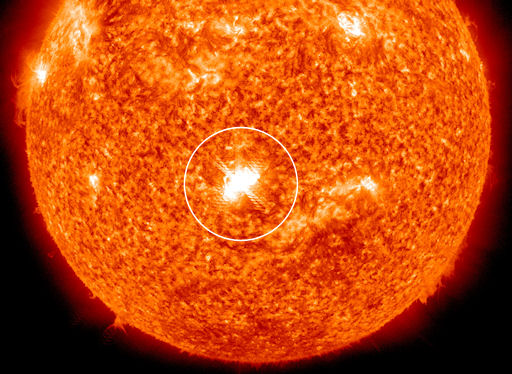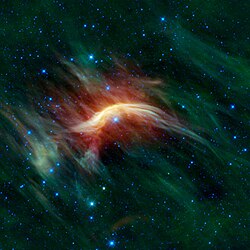i have come across this many times, an article is published warning people of an event, and then all of a sudden another is published to dis credit the first, see what you think
1st article
http://www.dailymail.co.uk/news/article-1355123/Icelandic-volcano-erupt-dwarfing-years-Eyjafjallajokull-devastation.html
disinformation article
http://www.iceagenow.com/Iceland_volcano_set_to_erupt-Could_dwarf_last_years_event.htm
http://hisz.rsoe.hu/alertmap/woalert_read.php?cid=29486Geologists on Iceland are warning of the increased risk of a fresh volcanic eruption after measuring an increased swarm of earthquakes around the island's second largest volcano. Páll Einarsson, a professor of geophysics at the University of Iceland, says the area around Bárdarbunga is showing signs of increased activity, which provides “good reason to worry”. He told the country's national TV broadcaster Rúv a shortage of seismometer measuring devices is making it more difficult to determine the scale and likely outcome of the current shifts. But he said there was “every reason to worry” as the sustained earthquake tremors to the north east of the remote volcano range are the strongest recorded in recent times and there was “no doubt” the lava as rising. The geologist complained that the lack of coverage of measuring devices means he cannot accurately detect the depth and exact location of the increased number of localised earth movements. “This is the most active areas of the country if we look at the whole country together,” he told Rúv News.
“There is no doubt that lava there is slowly growing, and the seismicity of the last few days is a sign of it. “We need better measurements because it is difficult to determine the depth of earthquakes because it is in the middle of the country and much of the area is covered with glaciers.” Respected volcano watcher Jón Frímann, said on his volcano watch blog: “After the Eyjafjallajökull volcano eruption in the year 2010 it seems that geologists in Iceland take earthquake swarms more seriously then they did before.” He explained the Icelandic Met Office had on Sunday warned of the increased risk of a eruption in north-west side of Vatnajökull glacier due to the high earthquake activity in the area, and added: “It is clear that only time is going to tell us if there is going to be a eruption in this area soon or not.” The last recorded eruption of Bárdarbunga was in 1910, although volcanologists believe its last major eruption occurred in 1477 when it produced a large ash and pumice fall-out. It also produced the largest known lava flow during the past 10,000 years on earth. It is the second largest volcano on Iceland and is directly above the mantle plume of molten rock. By comparison, Bárdarbunga dwarves the Eyjafjallajökull volcano, which shutdown most of Europe's airspace last year after its ash cloud drifted across the continent's skies.
<b>WikiPedia:</b> Bárbarbunga the glacier is a large and powerful Stratovolcano. It is also Iceland's largest volcanic system, considered to be close to 200 km long and up to 25 km wide. The volcano is covered in ice hiding her massive glacier-filled crater. Bárbarbunga was a little known volcano in Iceland because of its location far away from settlement and infrequent eruptions. However Icelanders have learned to respect this large and powerful volcano. Bárbarbunga's highest spot is 2009 meters high and is the second highest mountain in the country. The main crater in Bárðarbunga is about 70 square kilometers, up to 10 km wide and about 700 meters deep. The surrounding edges rise up to 1850 meters but the base is on average close to 1100 meters. The crater is completely filled with ice. Many tephra layers originally thought to belong to other volcanoes have in the recent studies proved to be from Bárðarbunga. The Gjálp eruption in 1996 revealed that an interaction may be between Bárðarbunga and Grímsvötn. A strong earthquake in Bárbarbunga, about 5 on the Richter, is believed to have started the eruption in Gjálp. Sustained seismic activity has been in Bárbarbunga for some years without an eruption, which indicates the volcano is still active. Bárbarbunga volcano is specific to the extent that there is frequent volcanic activity outside the glacier to the southwest in the highlands between Vatnajökull and Mýrdalsjökull, also to the northeast toward Dyngjufjöll. The largest eruptions appear to be when magma rushes southwest.
let me know what you think, or am i barking up the wrong tree lol


